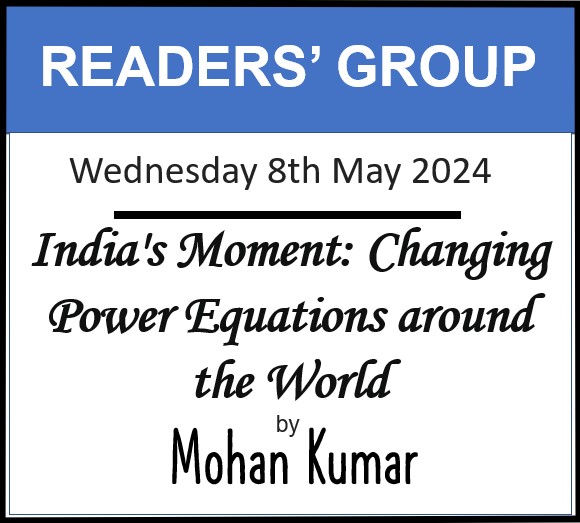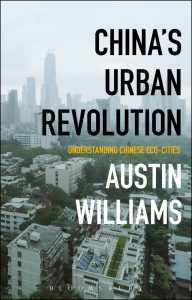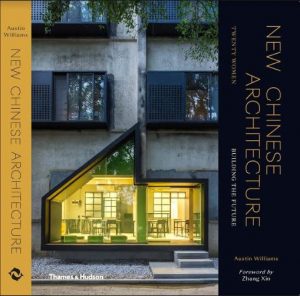Architectural Olympiad
‘The Stadium’ by Tim Abrahams; Machine Books, 2012. 38pp
Reviewed by Josh Broomer | 10 October 2012
‘These 17 days may have changed this country’. So pronounced the Guardian the morning after Stephen Daldry’s closing ceremony concluded a vibrant festival of sport. The Olympic Stadium in east London provided a fitting setting for a series of memorable track and field achievements from Usain Bolt’s second triple to David Rudisha’s stunning demolition of his 800 metre rivals.
‘The London 2012 Olympic Games went better, far better, than most people ever dared to hope’ said the Guardian acknowledging that in the run up at least, the country at large seemed to have distinctly mixed feelings about the coming of the Games. On one hand, there was excitement to be proud hosts of an international event. On the other, many feared the strain placed by the Olympics on a city whose transport and infrastructure was already stretched; others grumbled about commercialisation or protested over jingoism, while some set up protest movements and bemoaned the multi billion pound investment in new stadiums and parks.
It was against this backdrop of unease – and in some cases outright hostility to the Games – that I found ‘The Stadium’ such a refreshing read. Written by a Blueprint magazine veteran Tim Abrahams and illustrated by Nigel Peake, it provides a short but highly informative insight into the London games by drawing upon history, urban and architectural theory, and some of the important threads of conversation generated by the development of the new arenas and stadiums.
Abrahams discusses how many Olympic stadiums have grown after their inauguration and argues against the scaling down of the stadiums after the Games as it both predetermines and limits their future use; perhaps shielding our stadiums from a richness that only time can provide. This brings in a key argument to the concept of the London Olympic Stadiums, not so much over ambition – as the Ian Sinclair’s of this world have so bemoaned – but a scaling down and lack of ambition.
Abrahams also offers some remedy to the burden of following on from Beijing. He unexpectedly praises the games in London for using ‘unspectacular architecture to create a spectacle in architecture’, using the city as the backdrop instead of just the stadium. For those who watched or were even lucky enough to go to an event, it’s fair to say that the games celebrate London as a host city with fantastic views from the Olympic Park and beyond. Even within the city, but away from the games themselves, the Olympics are comfortably celebrated with the Olympic rings hanging with a sense of belonging from Tower Bridge.
Throughout the book Abrahams uses a variety of examples, from inter war Germany to the Metabolist architects in Japan, from architectural movements and economics in the Olympics to the spirit of its athletes. At times the range of arguments can seem slightly too abundant and without follow up. But still they come together to enrich the tapestry of different ideas within which the games were situated.
Aside from the broader legacy of the Olympics, Abrahams homes in on the Olympic site itself. An area most of us considered to be an old underused industrial area is cast in a new light as an area that was rich in the propositions and speculations of architects such as Cedric Price, who’s ideas in the 1960s can be seen as having influenced a wide range of projects from the Pompidou Centre in Paris to the London Eye. Looking at the games now, the reading that ‘The Stadium’ provides shows it as an area that has had – and will continue to have – an ongoing debate as to who uses it and for what purpose.
All in all, this interesting pamphlet offers a great appreciation for its subject matter – the stadium – for where it came from, and what it has become. In such a short work, whether you agree with Abrahams points or not, his book broadens the scope of the games. For that alone it is worth the read, with the illustrations by Nigel Peake an added treat. As a result, we can have a different appreciation for the London Olympics, and what they said about our times.
——-
Josh Broomer recently completed his part 1 in Architecture at the Mackintosh School of Architecture, Glasgow and is working at Compagnie- O Architecten Ghent, Belgium
The Stadium by Tim Abrahams can be purchased from Machine Books






